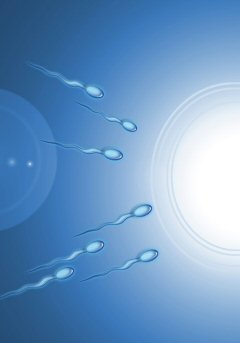 A study of men living in the Los Angeles area has found a relationship between levels of atmospheric ozone and sperm development. The researchers said that exposure to increased ozone levels adversely affects developing sperm, leading to lower sperm quality. The results of the study, appearing in the journal Environmental Health Perspectives, may lead to a better understanding of the causes of male infertility.
A study of men living in the Los Angeles area has found a relationship between levels of atmospheric ozone and sperm development. The researchers said that exposure to increased ozone levels adversely affects developing sperm, leading to lower sperm quality. The results of the study, appearing in the journal Environmental Health Perspectives, may lead to a better understanding of the causes of male infertility. The study analyzed semen samples collected from regular sperm bank donors in the Los Angeles area and compared the quality of the samples with air quality data. The researchers found that exposure to elevated ozone levels near the donors' homes adversely impacted the quality of the semen. The impact of the pollutant was found to affect the sperm throughout its entire development in the body (spermatogenesis).
"We noted an inverse relationship between ozone exposure and sperm concentration at all time points studied, suggesting that spermatozoa are susceptible to this toxic exposure throughout spermatogenesis," the researchers said.
The study also looked at other pollutants such as nitrogen dioxide, carbon monoxide, and fine particulate matter. Each of these air pollutants was believed to be capable of impacting sperm production but no relationship between sperm density and exposure to these other pollutants was found.
How ozone adversely affects sperm is still unclear. Ozone exposure is known to cause oxidative stress, which is known to disrupt testicular and sperm function. Exposure to ozone may induce either an inflammatory reaction in the male genital tract or the formation of circulating toxic chemicals - both of which can cause a decline in sperm concentration.
"The most widely studied evidence of potential environmental reproductive hazards is the report that sperm counts have declined in certain industrialized countries. The validity of these findings continues to be controversial, yet most investigators agree that if a decline in semen quality does exist, these changes are probably related to geographic location," the researchers concluded.





